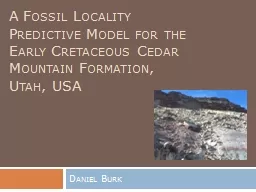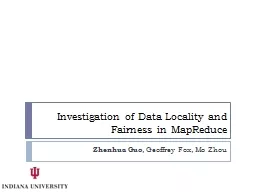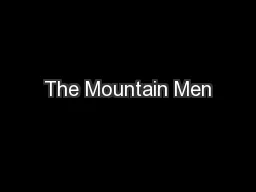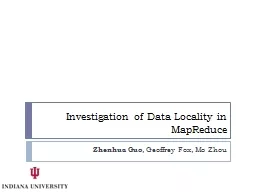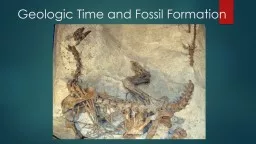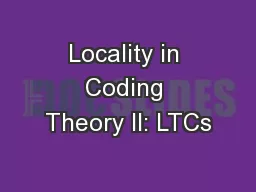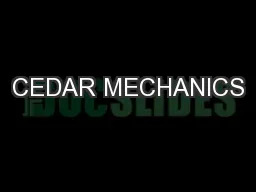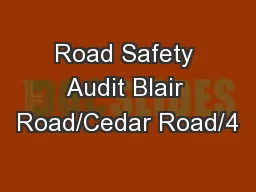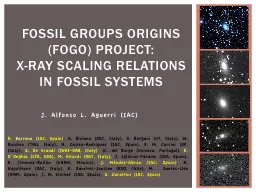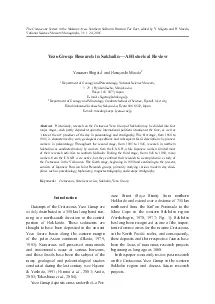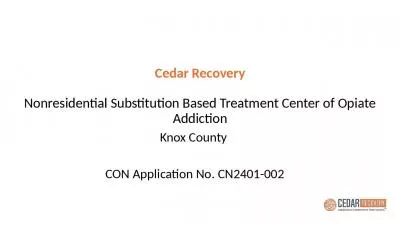PPT-A Fossil Locality Predictive Model for the Early Cretaceous Cedar Mountain Formation,
Author : layla | Published Date : 2022-07-26
Daniel Burk What is a Predictive Model A GIS based model attempting to determine fossil locality potential 1 Start with known fossil localities 2 Compare their characteristics
Presentation Embed Code
Download Presentation
Download Presentation The PPT/PDF document "A Fossil Locality Predictive Model for t..." is the property of its rightful owner. Permission is granted to download and print the materials on this website for personal, non-commercial use only, and to display it on your personal computer provided you do not modify the materials and that you retain all copyright notices contained in the materials. By downloading content from our website, you accept the terms of this agreement.
A Fossil Locality Predictive Model for the Early Cretaceous Cedar Mountain Formation,: Transcript
Download Rules Of Document
"A Fossil Locality Predictive Model for the Early Cretaceous Cedar Mountain Formation,"The content belongs to its owner. You may download and print it for personal use, without modification, and keep all copyright notices. By downloading, you agree to these terms.
Related Documents

